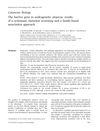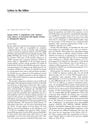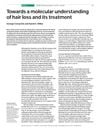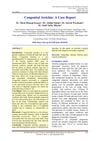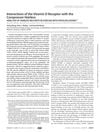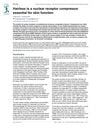A Novel Missense Mutation Affecting the Human Hairless Thyroid Receptor Interacting Domain 2 Causes Congenital Atrichia
October 2002
in “
Journal of Investigative Dermatology
”
TLDR A specific gene mutation causes congenital hair loss.
The study identified a novel missense mutation in the hairless (hr) gene, specifically a G to A transition at cDNA position 3034, resulting in a D1012N substitution, linked to congenital atrichia in a 17-year-old female with alopecia universalis congenita. This mutation was homozygous in the patient, heterozygous in her mother, and absent in her healthy sister, and was not found in 326 chromosomes from unrelated healthy individuals, indicating it was not a common polymorphism. The conserved nature of the D1012 residue across species suggested its functional importance, potentially disrupting the interaction between the hairless protein and the thyroid hormone receptor, contributing to hair loss. The study also noted a higher incidence of hr mutations in populations with high consanguinity rates and highlighted the variability in clinical presentation, as the patient did not exhibit some typical features of AUC. The research underscored the complexity of the hairless gene's role in hair loss disorders and the need for further studies to understand the variable phenotypic expressions of these mutations.
